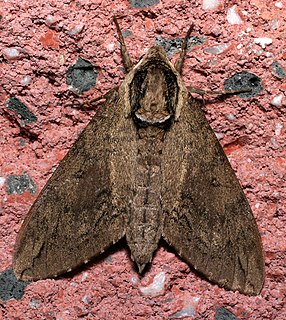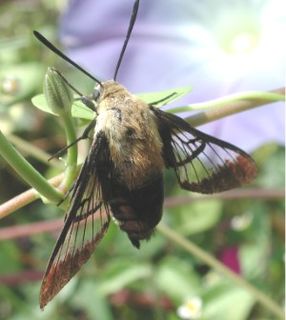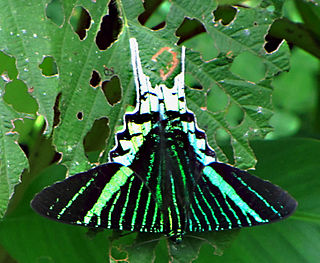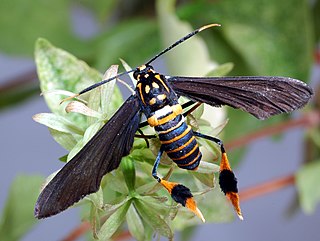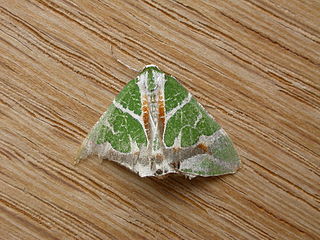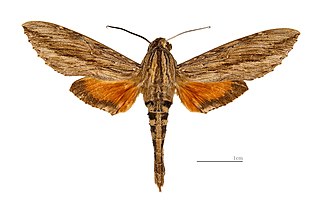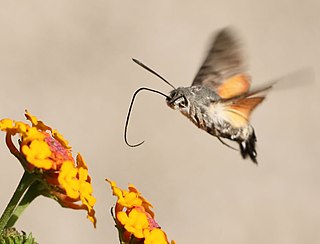| Oenosandra | |
|---|---|
 | |
| Male | |
 | |
| Female | |
| Scientific classification | |
| Kingdom: | |
| Phylum: | |
| Class: | |
| Order: | |
| Family: | |
| Genus: | Oenosandra Newman, 1856 |
| Species: | O. boisduvalii |
| Binomial name | |
| Oenosandra boisduvalii Newman, 1856 | |
| Synonyms | |
| |
Oenosandra is a monotypic moth genus in the family Oenosandridae. Its only species, Oenosandra boisduvalii, or Boisduval's autumn moth, is found in the southern half of Australia, including Tasmania. Both the genus and species were first described by Edward Newman in 1856.

Oenosandridae is a family of noctuoid moths in the order Lepidoptera. The members are moths found in Australia. Genera include Diceratucha, Discophlebia, Nycteropa, and Oenosandra.

Australia, officially the Commonwealth of Australia, is a sovereign country comprising the mainland of the Australian continent, the island of Tasmania, and numerous smaller islands. It is the largest country in Oceania and the world's sixth-largest country by total area. The neighbouring countries are Papua New Guinea, Indonesia, and East Timor to the north; the Solomon Islands and Vanuatu to the north-east; and New Zealand to the south-east. The population of 25 million is highly urbanised and heavily concentrated on the eastern seaboard. Australia's capital is Canberra, and its largest city is Sydney. The country's other major metropolitan areas are Melbourne, Brisbane, Perth, and Adelaide.

Tasmania is an island state of Australia. It is located 240 km (150 mi) to the south of the Australian mainland, separated by Bass Strait. The state encompasses the main island of Tasmania, the 26th-largest island in the world, and the surrounding 334 islands. The state has a population of around 531,500 as of December 2018. Just over forty percent of the population resides in the Greater Hobart precinct, which forms the metropolitan area of the state capital and largest city, Hobart.
The wingspan is about 50 mm.
The larvae feed on Eucalyptus species. [1]

